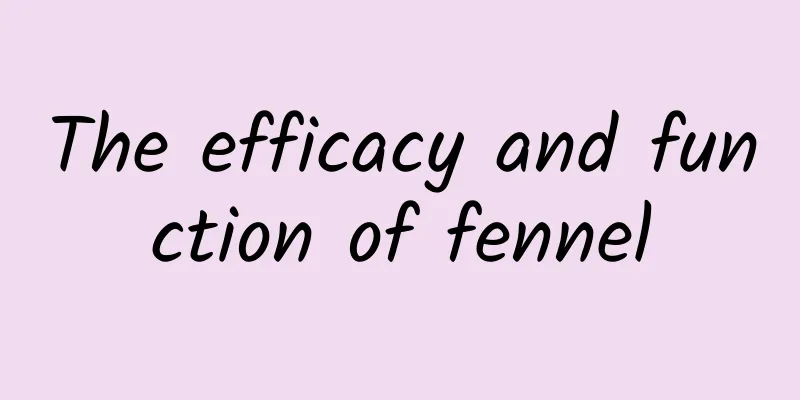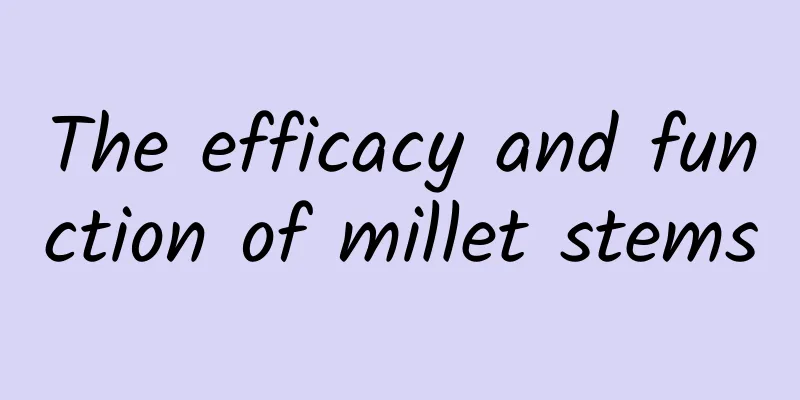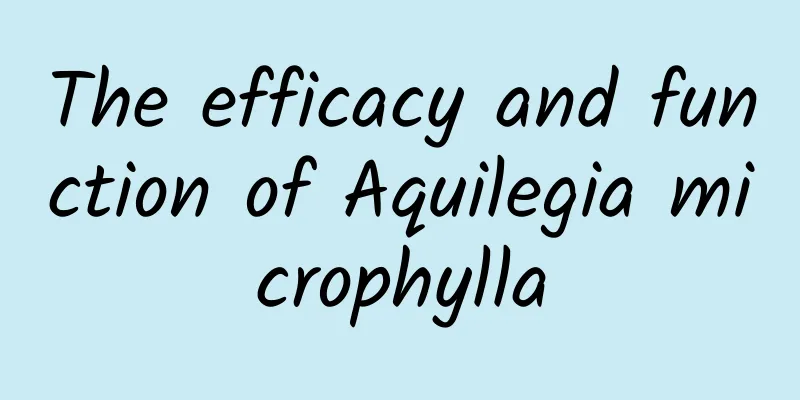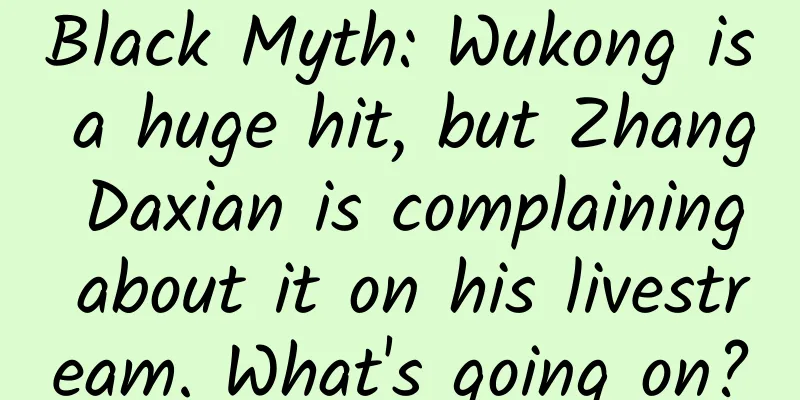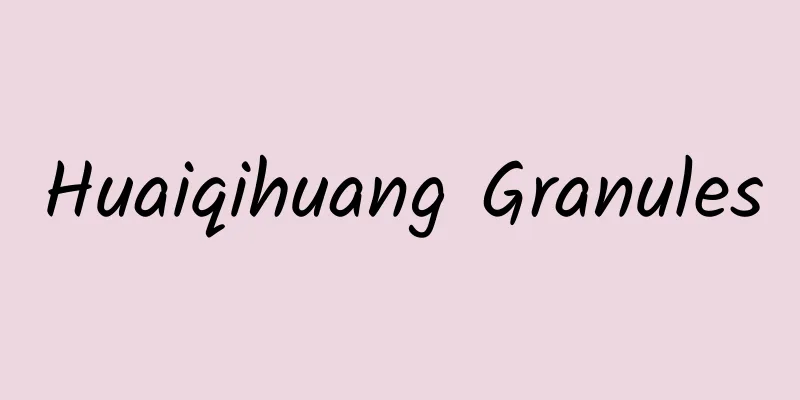The efficacy and function of rhubarb grass
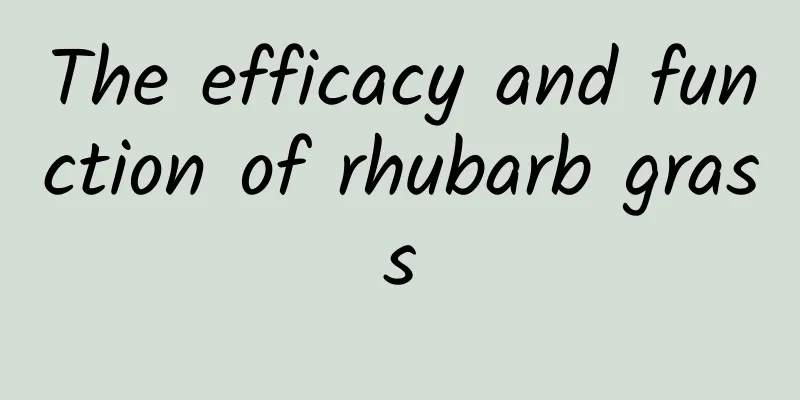
|
As a traditional Chinese medicine, rhubarb grass provides us with a variety of nutrients. It can also solve some diseases encountered by the body, so it is deeply loved by people. Let’s take a look at the nutrients and benefits of rhubarb grass. [Other names] Red grass, white leaf [Source] Medicinal material source: the whole herb of Artemisia oblongata of the Asteraceae family. [Original form] Oblong-leaved Artemisia balsamifera is a perennial herb, 50-150cm tall. The main root is spindle-shaped. The stem is branched and ribbed, with dense and long hairs on the upper part, and the internodes are 2-4cm long. The basal leaves are often smaller than the middle leaves; the middle leaves are oblong or narrowly elliptic-oblong, 9-14cm long, 3.5-5.5cm wide, with short pointed or obtuse apex, base cuneate-attenuate, sessile, margin narrowly recurved and with hard serrations, pubescent above, sparsely pubescent below; midrib convex on both sides, lateral veins 5-7 pairs; upper leaves are gradually smaller, sessile, oblong-lanceolate or oblong, 4-5.5cm long, 1-1.5cm wide, margin with sharp teeth or sparse horn-tooth, rarely entire. There are many capitulums, arranged in terminal and spreading sparse panicles; the stalk of inflorescence is up to 2 cm long and densely pubescent; the involucre is spherical and bell-shaped; the involucre is about 4 layers, green, the outer layer is linear-lanceolate, the back is linear-lanceolate, the back is densely pubescent, the middle and inner layers are linear or linear-lanceolate, the back is pubescent; the receptacle is honeycomb-shaped, covered with white coarse hairs; the flowers are yellow; the female flowers are numerous, the corolla is tubular, and the brims are 3-4-toothed; the bisexual flowers are fewer, the corolla is tubular, the brims are 5-lobed, and covered with sparse white hairs and dense glands. Achenes are cylindrical, covered with sparse white coarse hairs and ribbed; pappus is white and rough. The flowering period is from August to April of the following year. [Habitat distribution] Ecological environment: grows on roadsides, field edges, grasslands or valley streams. [Properties] Identification of properties: The stem is ribbed, with sparse or no hairs on the lower part and denser and longer hairs on the upper part. The leaves are mostly wrinkled, with complete leaves oblong or elliptic-lanceolate, the base cuneate-shaped and gradually narrowed, the apex short and pointed or obtuse, the margins narrow and rolled with irregular hard serrations, pubescent on both sides, the midrib raised, and the reticulate veins obvious underneath. The involucre is bell-shaped; the bracts are green, linear or linear-lanceolate, with pointed apex, membranous margins, and pubescent on the back; the receptacle is coarsely hairy with white hairs. Flowers yellow-brown, mostly falling off. Tastes bitter and slightly spicy. 【Nature and flavor】 Bitter; slightly spicy; cool 【Functions and indications】 Clears away heat and detoxifies; promotes diuresis and reduces swelling. Mainly used for acute bronchitis, enteritis, dysentery, acute nephritis, urinary tract infection and multiple furunculosis. [Usage and Dosage] For oral use: decoction, 15-30g. For external use: take appropriate amount and mash fresh product for application. 【Excerpt】 Chinese Materia Medica The above content is an introduction to the Chinese medicinal herb rhubarb. I hope it can be of some help to everyone. There are many medicinal herbs similar to rhubarb in our daily life. We need to follow the doctor's instructions when taking Chinese medicine such as rhubarb grass and not take it blindly. |
<<: The efficacy and function of four-wheel incense
>>: The efficacy and function of Acanthopanax radix
Recommend
The efficacy and function of the root of the sharp-leaved tea
Traditional Chinese medicine culture is profound ...
The efficacy and function of Yunnan bitter vegetable
The effects and functions of Yunnan bitter vegeta...
Is coughing up phlegm a way for the body to detoxify? Different colors of phlegm indicate different diseases!
It’s autumn now, the weather is cool, the moon is...
New fabric allows secure payments and health monitoring with a swipe of the sleeve
With the rapid development of science and technol...
Chongqing finally welcomes artificial rainfall! Experts: This cloud has been "audited"
In recent days, News of high temperature and drou...
The efficacy and function of Chinese medicine Gentiana macrophylla
I don’t know if you have ever come into contact w...
Survival after the explosion of Apollo 13
On April 11, 1970, astronauts Haise, Lovell, and ...
The efficacy, function and consumption method of Jade Butterfly
When talking about jade butterflies, what comes t...
Recently, a large number of them have been put on the market. Some people have been hospitalized after eating them! Doctors warn →
Every autumn and winter Selling on the street Swe...
The efficacy and function of Baman
As a very common Chinese medicinal material in da...
When AI learns how to deceive humans...
Produced by: Science Popularization China Author:...
The efficacy and function of small ground twist
Xiaodi Niu is a familiar medicinal material with ...
Effects and functions of Polygonatum sibiricum
Grassroots entrepreneurship is a very common word...
The efficacy and function of Puxiancai
Puxiancai can not only supplement the body's ...
The national vaccination of domestically produced shingles vaccine has officially started, and experts recommend vaccination for people over 50 years old
New Media Editor/Wang Shan Recently, the first li...
